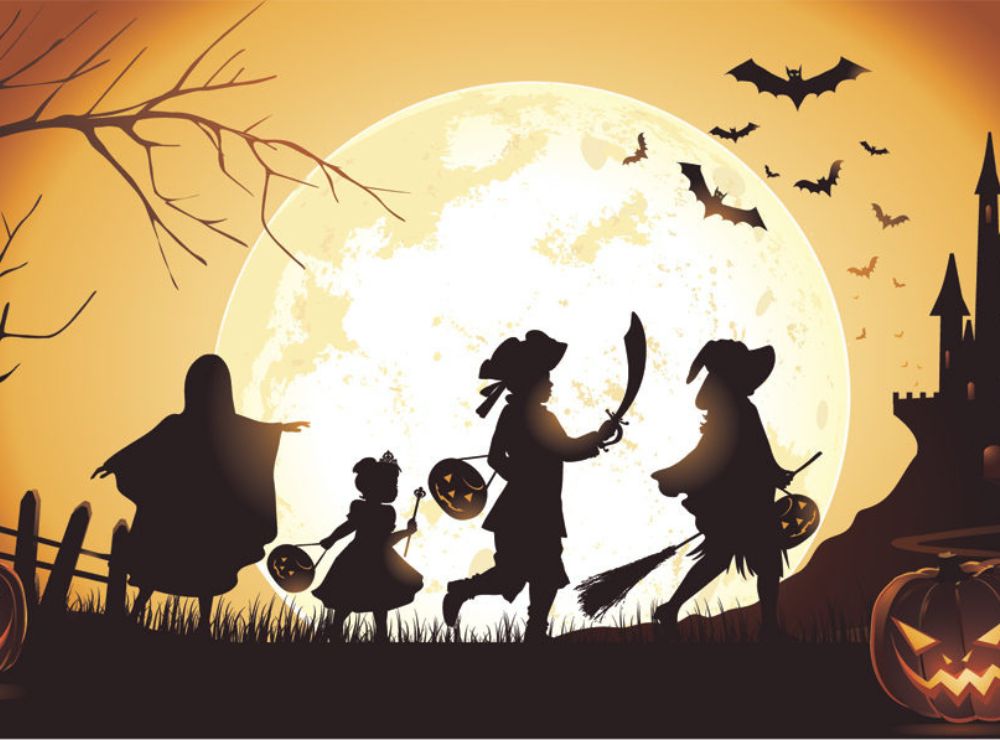1. Calendar Systems: Different cultures and regions use various calendar systems, each with its own New Year's date. The most widely recognized New Year is based on the Gregorian calendar, celebrated on January 1st. However, other calendars, such as the Lunar New Year (e.g., Chinese, Vietnamese, Korean), Islamic New Year, and Jewish New Year (Rosh Hashanah), have their own specific dates.
2. Traditions and Customs: New Year's traditions vary widely from one culture to another. These may include fireworks, parades, music, dance, feasting, religious rituals, and special clothing.
3. Resolutions: Many people make New Year's resolutions, setting goals and intentions for self-improvement in the coming year. Common resolutions include getting in shape, quitting smoking, saving money, or pursuing personal or career goals.
4. Countdowns and Parties: New Year's Eve is often celebrated with festive parties, gatherings, and countdowns to midnight, when the transition to the new year occurs. Fireworks and champagne toasts are common features of these celebrations.
5. New Year's Eve Balls: In some cities, large-scale events are held, such as the dropping of the New Year's Eve ball in Times Square, New York City, a tradition dating back to 1907.
6. Religious Observances: For some, the New Year has significant religious or spiritual significance and is celebrated with special religious services and prayers.
7. Family and Community: Many cultures emphasize spending time with family and loved ones during the New Year holiday. It's a time for reunions, reflection, and strengthening bonds.
8. Superstitions: Various superstitions and customs are associated with the New Year, such as making noise to ward off evil spirits, eating specific foods for good luck, or refraining from certain activities.
9. New Year's Symbols: Symbols of the New Year often include imagery associated with renewal and good fortune, such as baby figurines (representing a fresh start), fireworks (symbolizing joy and celebration), and the number "2023" (for the current year).
10. International Variations: Different countries and cultures have unique New Year's customs and traditions. For example, Spain's New Year's Eve tradition involves eating 12 grapes at the stroke of midnight for good luck, while Scotland has the "First-Footing" tradition, where the first person to enter a home after midnight brings symbolic gifts.
The New Year is a time for reflection on the past year's accomplishments and challenges and for looking forward to new opportunities and experiences in the year ahead. It is a global celebration that brings people together to mark the passage of time and to embrace the potential for positive change and growth.

















